Headache? There's a plant for that...
Located in the middle of the Mediterranean Sea at 35°50’ north, 14°35’ east and, barely bigger than a rock at 316 km², the Maltese islands are host to about 458 medicinal plants, with approximately 300 originating from the Mediterranean region.
Some of these medicinal plants are on the decline, not only due to over-harvesting but also due to the destruction of their natural habitat by human activity. This makes it so much more important to understand the value of these plants and protect them. Did you know about these plants and their properties?
1. Caper plant
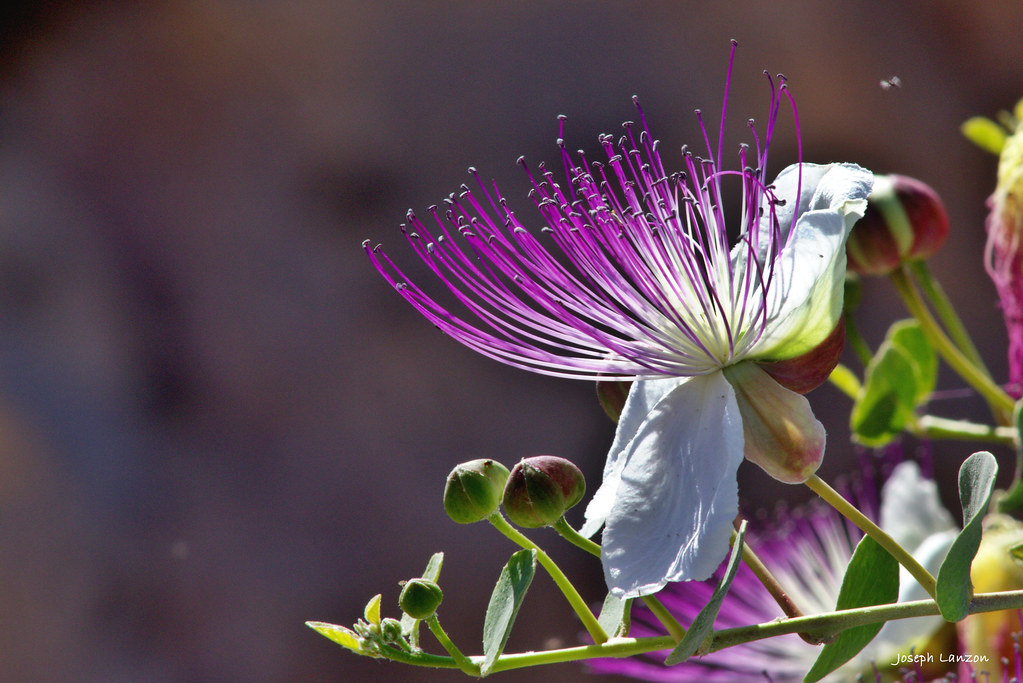
The caper plant (Maltese: kappara; Latin: capparis spinosa L.) from the capparaceae family is today best known for its fruit, which is cured in brine and introduces a slightly pungent flavour into Mediterranean cuisine. But, in the past, its root bark, leaves and flowers were known for their various medicinal properties. These include analgesic, antimicrobial, anti-inflammatory, anthelmintic, emmenagogue, hepatoprotective, antihyperglycemic, antifertility and immuno-stimulant properties. The caper plant is also known as an aperient, diuretic, expectorant and a tonic and used in the treatment of anaemia, heart problems, diabetes, skin rashes and for pain associated with gout.
2. Common hawthorn
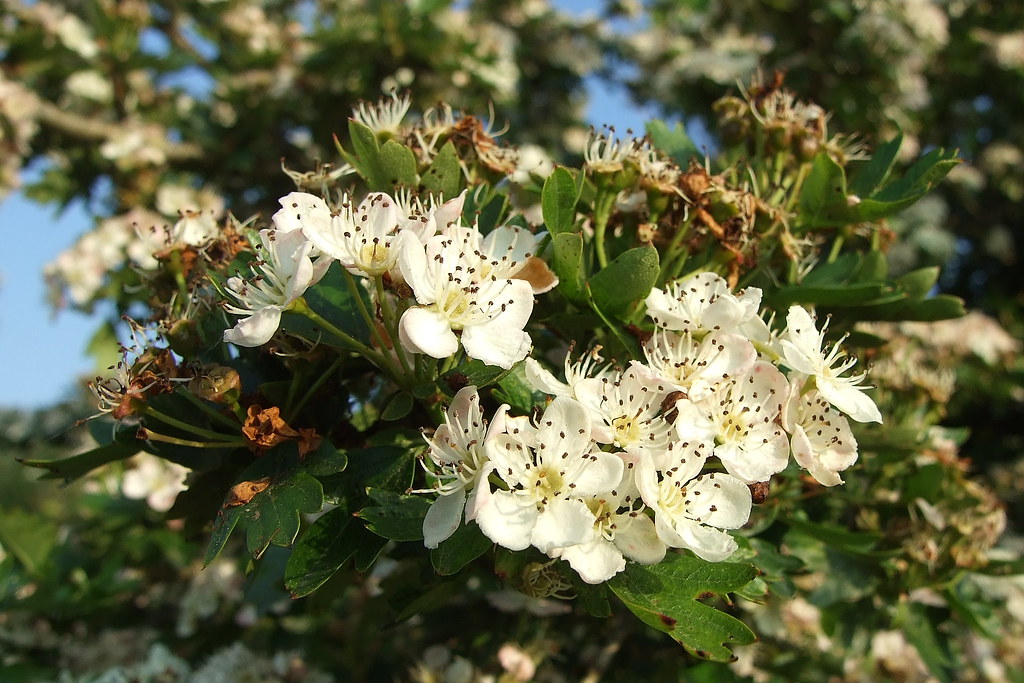
The common hawthorn (Maltese: anżalor salvaġġ; Latin: crataegus monogyna jacq.) from the rosaceae family is known for its astringent, febrifuge and sedative properties. The shrub is also used as a treatment of diarrhoea and other conditions including heart disease, high blood pressure and to improve circulation.
3. Common ivy
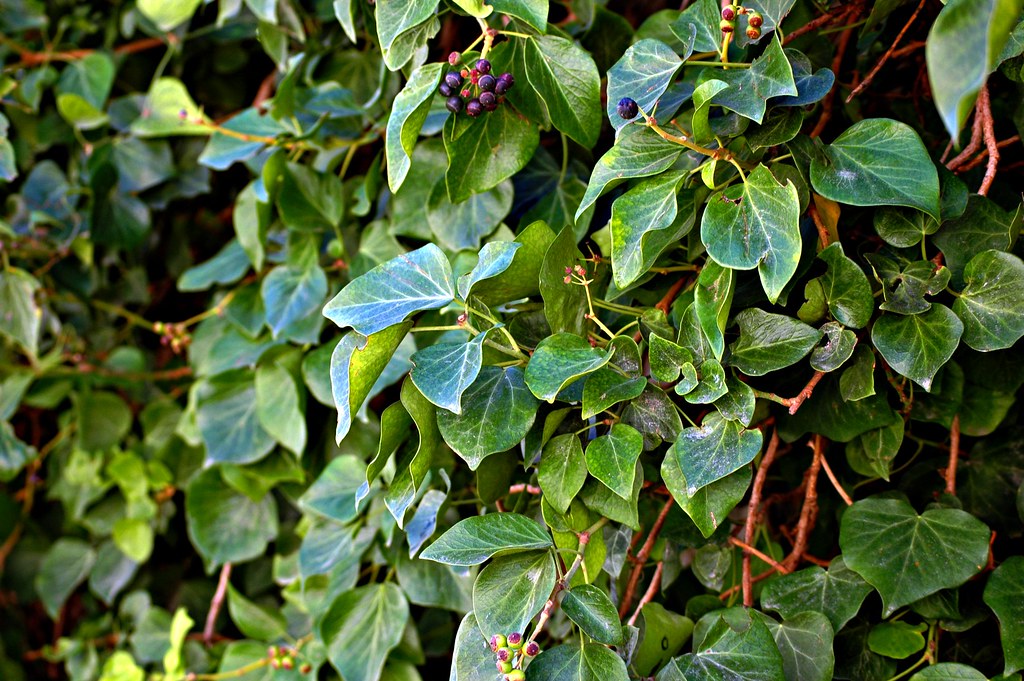
The flowers of the common ivy (Maltese: liedna; Latin: hedera helix L.) from the araliaceae family are known to treat dysentery, earache and headache, while the leaves are known as an emmenagogue (a substance which increases menstrual flow). Common ivy is used as a treatment of sunburn, ulcers, wounds and various skin diseases, as well as bronchitis, whooping-cough, constipation and tuberculosis.
4. Garden sage
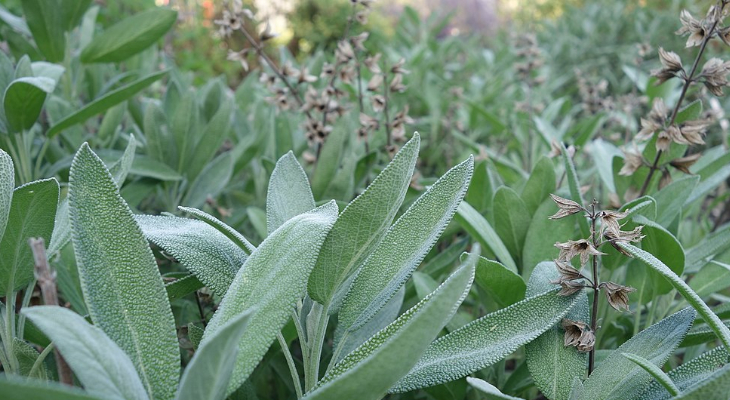
Pattedyr [CC BY-SA 4.0 (https://creativecommons.org/licenses/by-sa/4.0)]
Garden sage (Maltese: salvja; Latin: salvia officinalis L.) from the lamiaceae family is known for its antioxidant, antibacterial, anti-inflammatory and antiviral properties. It is used in treatment for pain associated with colds and rheumatism; to stop the bleeding of wounds; enhance diuresis and menstruation; and to control Alzheimer’s disease.
5. Lemon balm

Lemon balm (Maltese: burieħa; Latin: melissa officinalis L.) from the lamiaceae family is renowned for its effects on the nervous system and is known as a treatment for nervous agitation, nerve pain, hysteria, melancholia, insomnia, migraine, headache, toothache and earache. It is also used as a treatment for gastrointestinal problems and lower abdominal pain.
6. Mormon tea
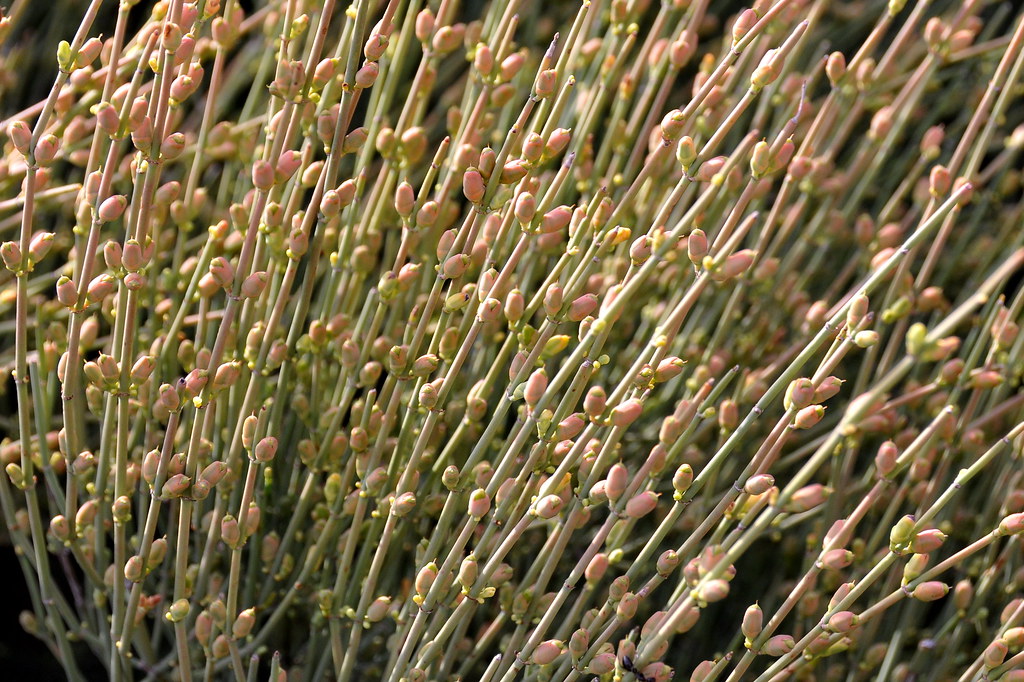
Mormon tea (Maltese: efedra; Latin: ephedra fragilis desf.) from the ephedraceae family is known as a treatment for coughs, colds, headache, fever, asthma and acute nephritis.
7. Olive tree
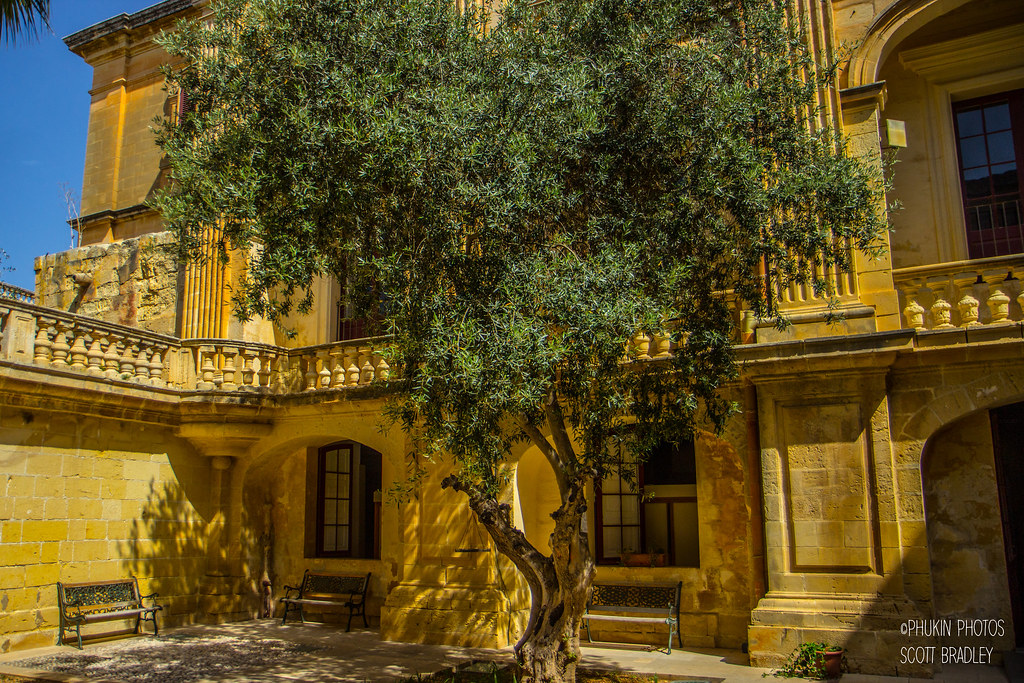
The olive tree (Maltese: zebbuġa; Latin: olea europea L.) from the oleaceae family is typically used as oil extracted from the fruit. Extracts from the olive tree are known in the treatment for hypertension, hyperglycaemia, hyperacidity and constipation. It is also used for the treatment of wounds, sunburn, muscle ache and other ailments.
8. Pennyroyal
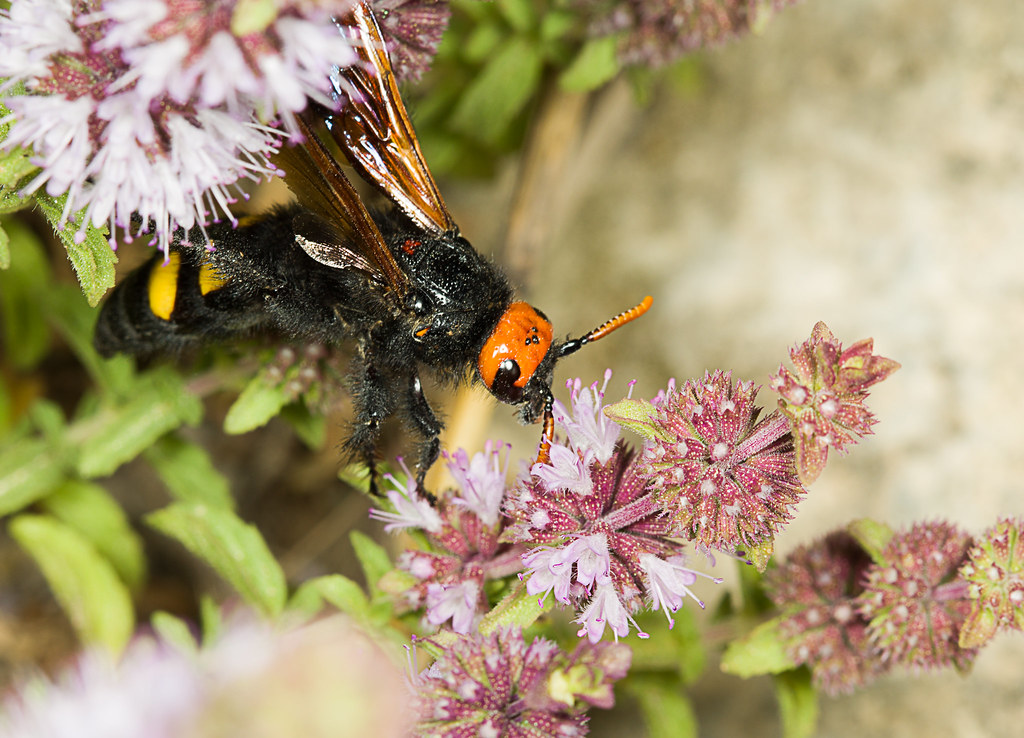
The essential oil from pennyroyal (Maltese: plejju; Latin: mentha pulegium L.) from the lamiaceae family was widely used for several ailments. It is known as a drug which relieves flatulence as well as, an emmenagogue and an insect repellent. It is used for the treatment of headaches, the common cold, and even as an abortifacient (a compound which induces abortion).
9. Pot marigold
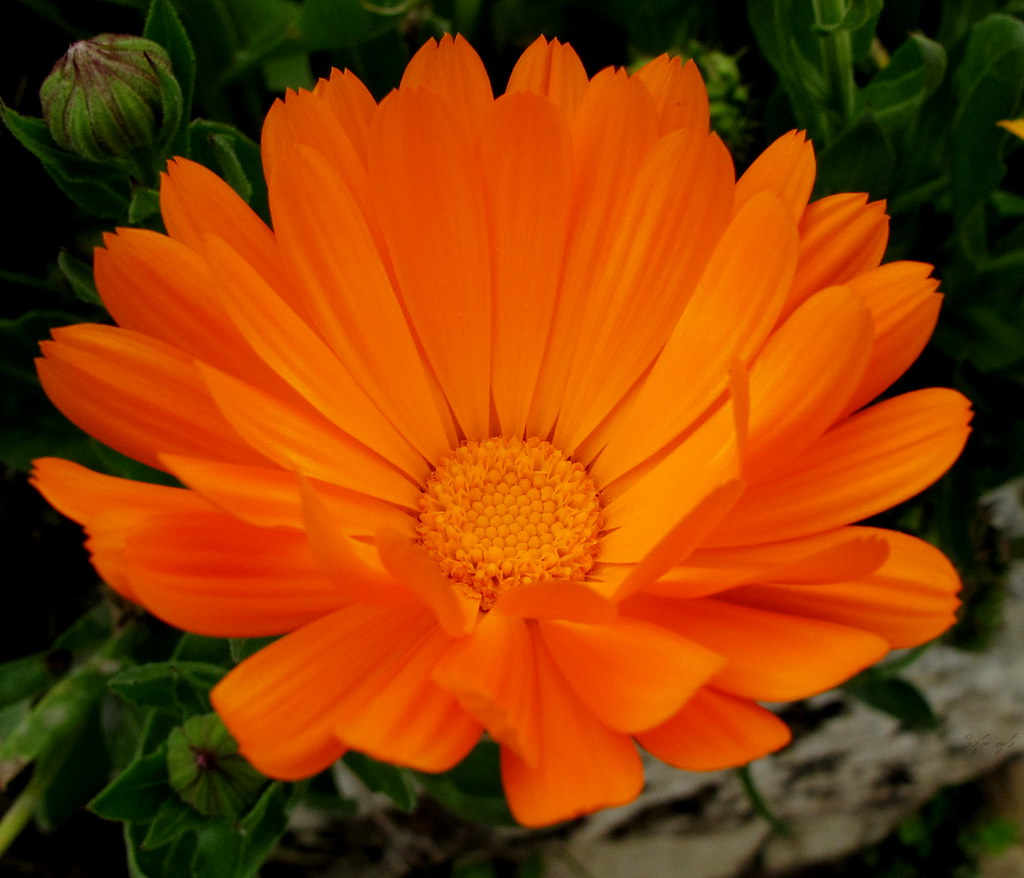
Pot marigold (Maltese: suffejra or lellux; Latin: calendula officinalis L.) from the asteraceae family is used internally and externally for a wide range of disturbances. These include digestive disturbances, heart palpitations, menstrual fluid retention, intoxication, hepatic pain, spleen pain, dental pain and eye inflammation. It is also used in the treatment of some types of eczema, animal bites and and goitre while it has also been widely considered for therapeutic use against cancer.
10. Stinging nettle
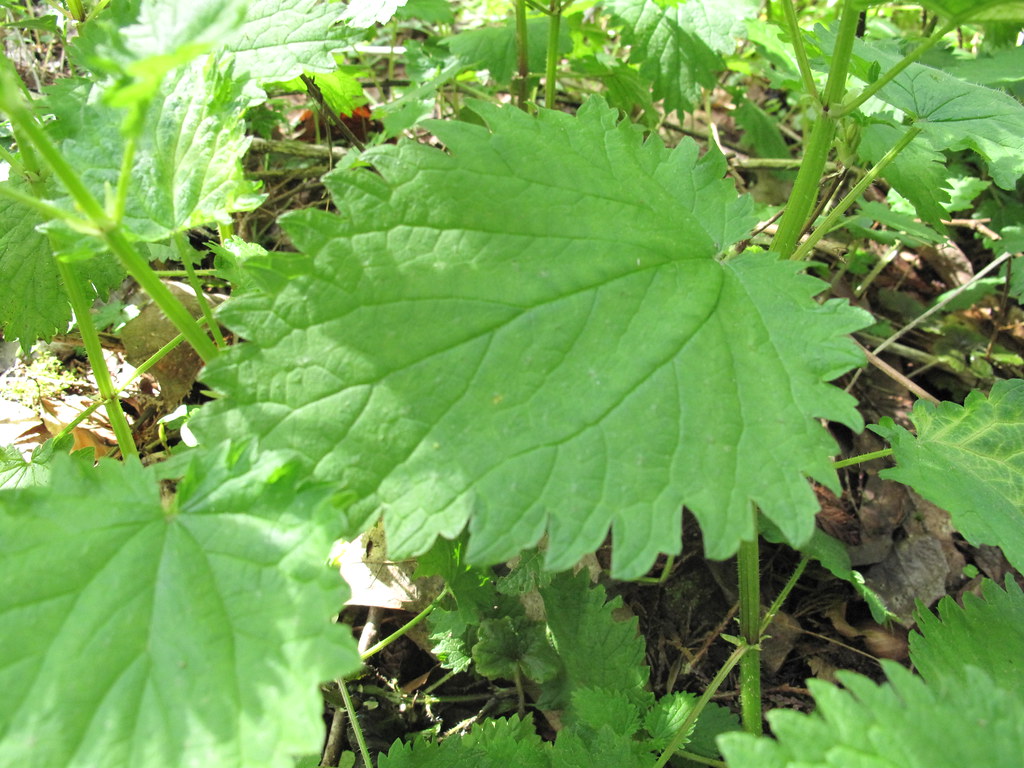
Stinging nettle (Maltese: hurrieqa; Latin: urtica dubia forsk.) from the urticaceae family is known as a diuretic, laxative, emmenagogue and has been said to improve blood circulation. It is used in the treatment of asthma, pleurisy, pneumonia, chilblains, mouth ulcers, nose bleeds, tinea, dog bites, septic wounds and as a metabolic stimulant.
11. Seaside squill
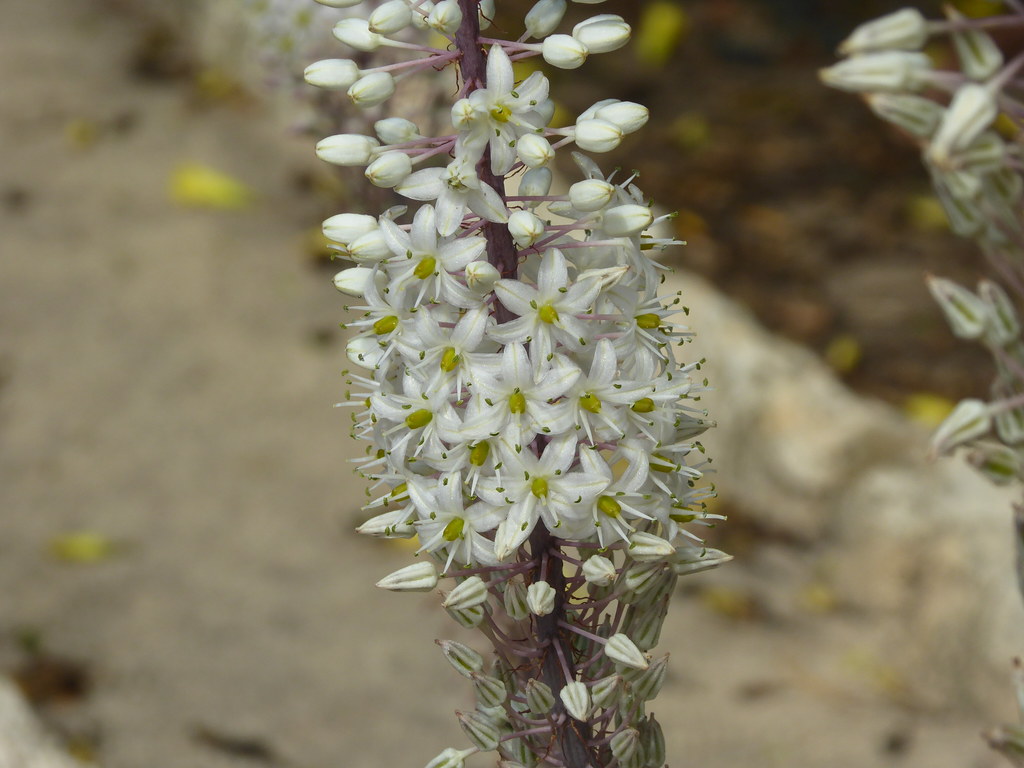
Seaside squill (Maltese: basla tal-għansar; Latin: drimia maritima (L.) stearn) from the asparagaceae family was widely harvested and exported. It is renowned for its emetic, diuretic, expectorant, cardiotonic, rodenticide and anti-cancer action.
12. Squirting cucumber

Squirting cucumber (Maltese: faqqus il-ħmir; Latin: ecballium elaterium (L.) A.Rich.) from the cucurbitaceae family is known for its purgative, emetic, laxative, anti-inflammatory and anti-hepatotoxic properties, among others. Also a suppressor of cancerous compounds and a herb which encourages tears to fall, it is used in the treatment of jaundice, oedema, otitis, hydrophobia and even malarial fever.
13. Tree tobacco

Tree tobacco (Maltese: tabakk tas-swar; Latin: nicotiana glauca rc graham) from the solanaceae family was considered as poisonous and therefore rarely used in traditional medicine while its more toxic counterpart, nicotiana tabacum, was used for several conditions particularly to expel leeches, against snakebite and scabies.
14. Vervain
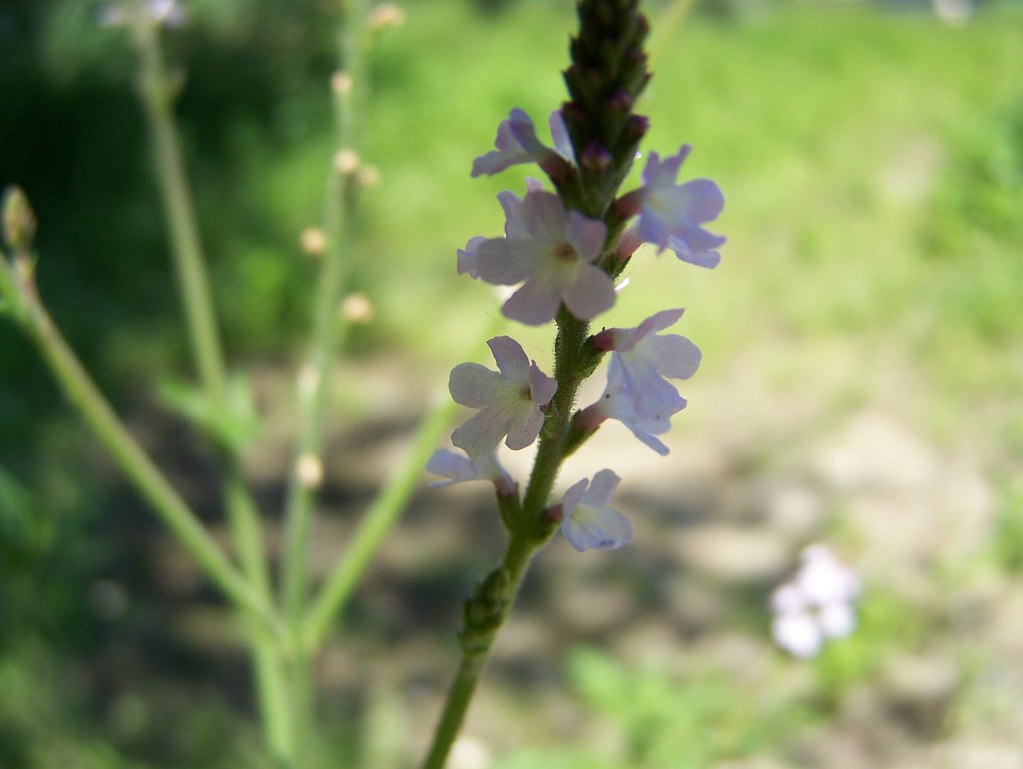
Vervain (Maltese: buqexrem; Latin: verbena officinalis L.) from the verbenaceae family is known in the treatment of respiratory problems including cough, wheezing and shortness of breath; skin problems including wounds, eczema, boils and carbuncles; and also eye problems and arthritis. It is also known as a treatment for fever, stomach upsets, diarrhoea, dysentery, haemorrhoids and high blood pressure .
Fun fact:
The Maltese fungus
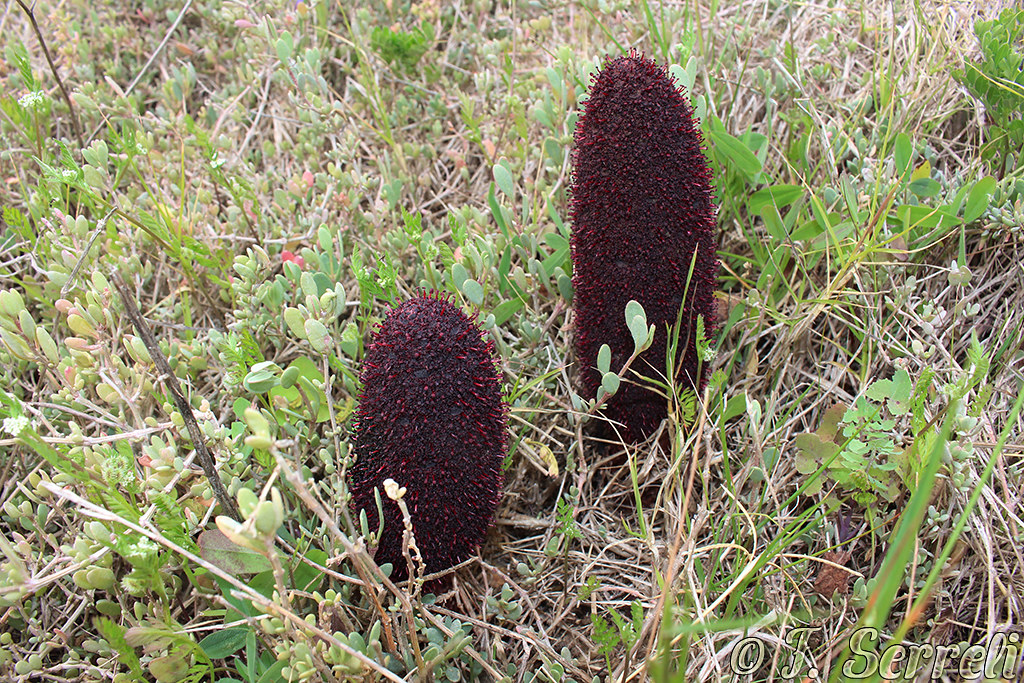
The Maltese fungus (Latin: cynomorium coccineum) was highly prized and protected by the Knights of Malta. Its variety of uses in European, Arabian and even Chinese herbal medicine included treatment for erectile dysfunction, sexually transmitted diseases, irregular menstruation, apoplexy, anaemia, hypertension, vomiting, dysentery and as a styptic dressing for wounds. However, the claims lack scientific evidence and the plant (it is not actually a fungus) was not even included in the study on Maltese medicinal plants which was the main source of this article.
Credit: The study on Maltese medicinal plants was submitted by By Everaldo Attard, Henrietta Attard, Antoine Tanti, Jurgen Azzopardi, Mario Sciberras, Victor Pace, Neville Buttigieg, Andrew Mangion Randon, Bernardette Rossi, Marie Josette Parnis, Karin Vella, Michelle Zammit and Anthony Serracino Inglott and published on Intechopen.com.